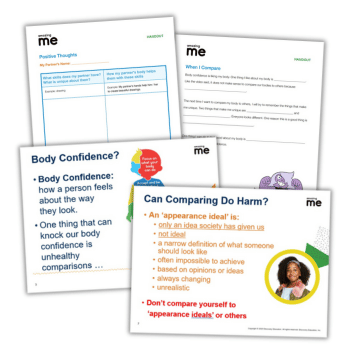6 Ways for Teachers and Heads to Avoid Email Overload

If your inbox is overflowing with messages from parents, try these tips from Winston Poyton to improve home-school communication – and keep it under control…

1 | Manage your folders
When parents are invested in their child’s education, it’s good news for a school. But sometimes parental enthusiasm manifests itself in a flood of emails which teachers feel they need to answer outside working hours. How many of these emails are genuinely urgent? And how many could happily sit in your inbox until tomorrow when you’re back at school? To sift the genuinely urgent communications from the rest, drop your incoming messages into one of several inbox folders, so you can reply to the urgent ones as soon as you can, without having to scroll through every message.
2 | Harness the power of social
Social media makes a great point of contact for parents, and schools can post on Twitter and Facebook to highlight useful pieces of information. It’s a fast and effective way of announcing revision sessions, sporting fixtures and events. A healthy online community has trickle-down benefits through a school, strengthening home-school links. Using social media makes it optional for staff to join in the conversation, leaving their email inboxes clean. However, communication is public and visible to everyone.
3 | Send out targeted messages
Education Secretary Damian Hinds called for schools to ditch email culture and embrace innovative technology to reduce workloads. Indeed, technology can make it quicker and easier for schools to send out information, so parents don’t need to ask for it. The days of distributing letters to parents wholesale are numbered. Teachers can communicate with individuals, classes, clubs or the whole school community and are able to send personalised messages to parents about a child’s homework, or timetable change. The information is fully relevant to the parent and instantly delivered when they need it most.
4 | Unlock the potential of mobile technology
Could your school stem the flow of emails by tapping into smartphone culture? When parents can reserve seats for the school concert, pay for the museum trip and book a parents’ evening slot through an app on their mobile devices, there is almost no need to email the school at all. Mobile technology can be a welcome time-saver too. Sending push notifications directing parents to an app is more efficient than sending an email, and more cost-effective than a text message. If the communication needs a reply, you will also know which parents have received and opened your messages.
5 | Maximise parents’ evenings
Parents’ evening appointments are short-lived, and there’s not always enough time to get everything said. So, teachers can find themselves buried under an avalanche of emails with unanswered questions. If parents can leave questions or notes ahead of the evening, on a school app, teachers can ensure they address these points during the meeting, creating a more focused discussion – and an emptier inbox.
6 | Speed up responses
It’s not only teachers who are keen to reduce the email trail, parents are usually happy to shift to new communications channels too. Rather than filling families’ inboxes or homes with permission slips, consent forms and data requests, and waiting for the reply, schools could capture information in a more efficient way. When parents confirm their child’s attendance at a revision session via an app, the school can view and process the response, bypassing the need for yet another email.
…and one for luck
Set times to ‘batch check’ school emails at various points during the day, rather than fielding messages on a rolling basis throughout the evening.
Winston Poyton is education, charities and commercial product director at IRIS Software Group. He has spent more than 18 years working in education. Using the latest developments in technology he has worked with schools and education influencers to help develop products that make a positive difference to teachers, students and parents.








